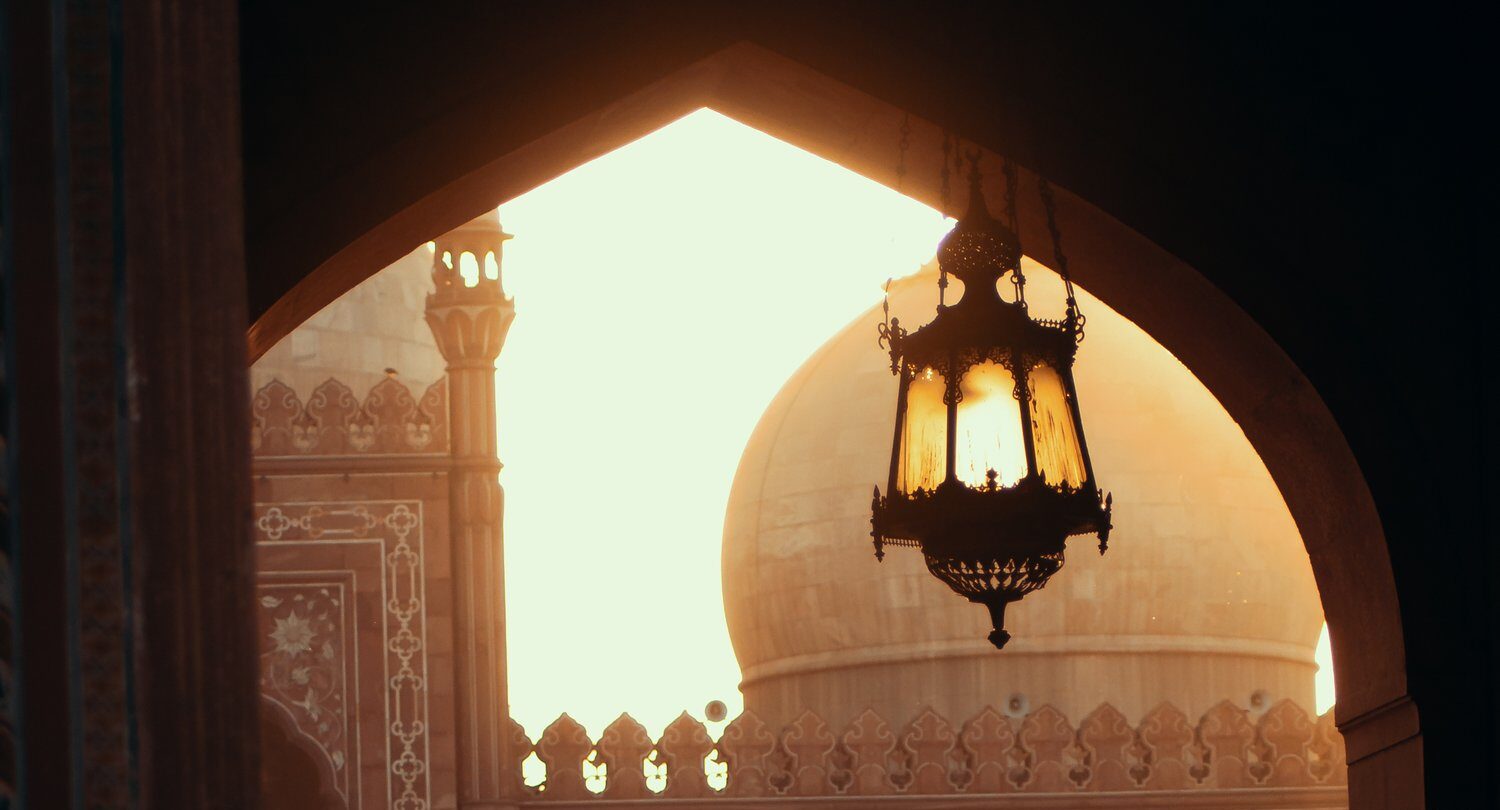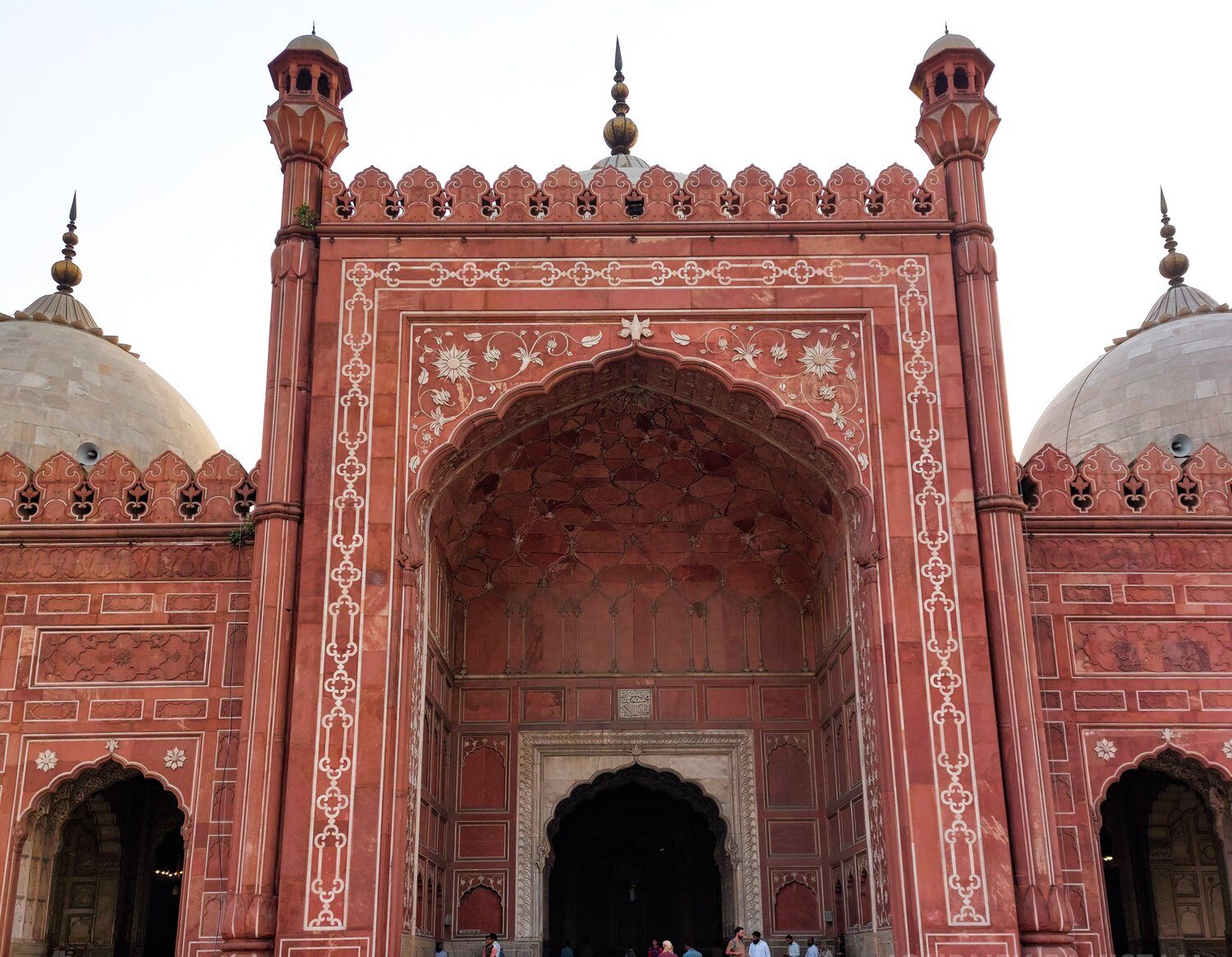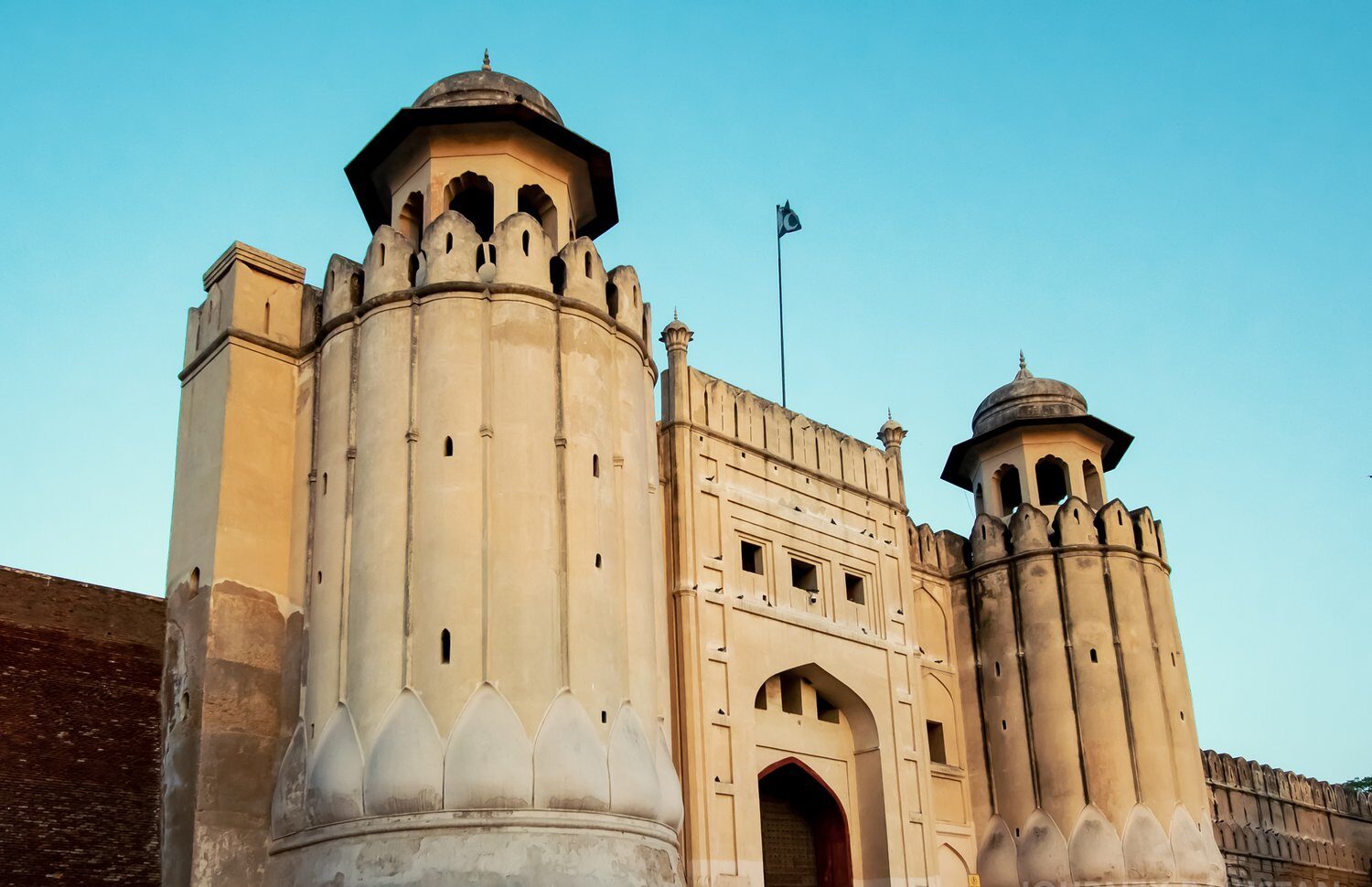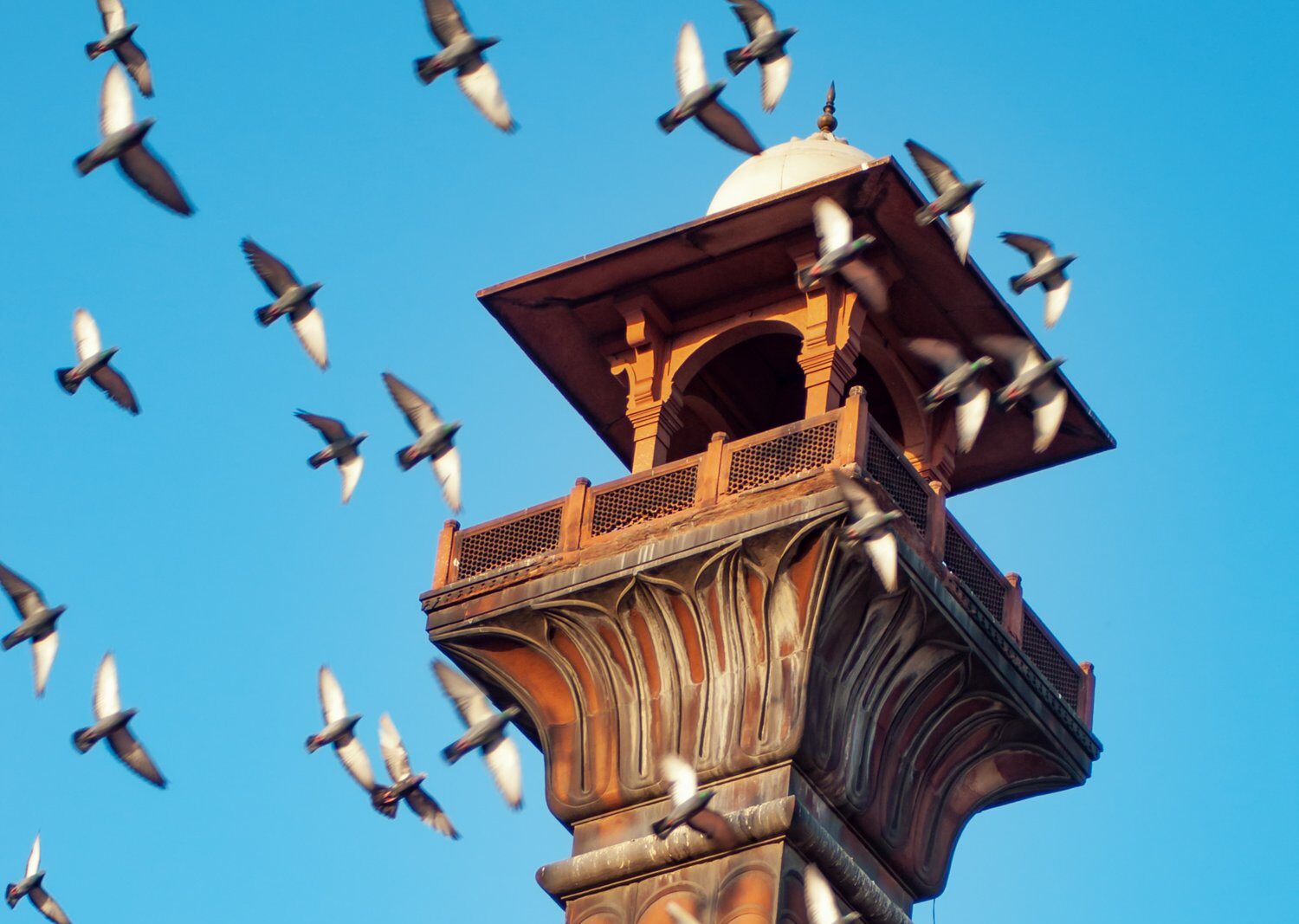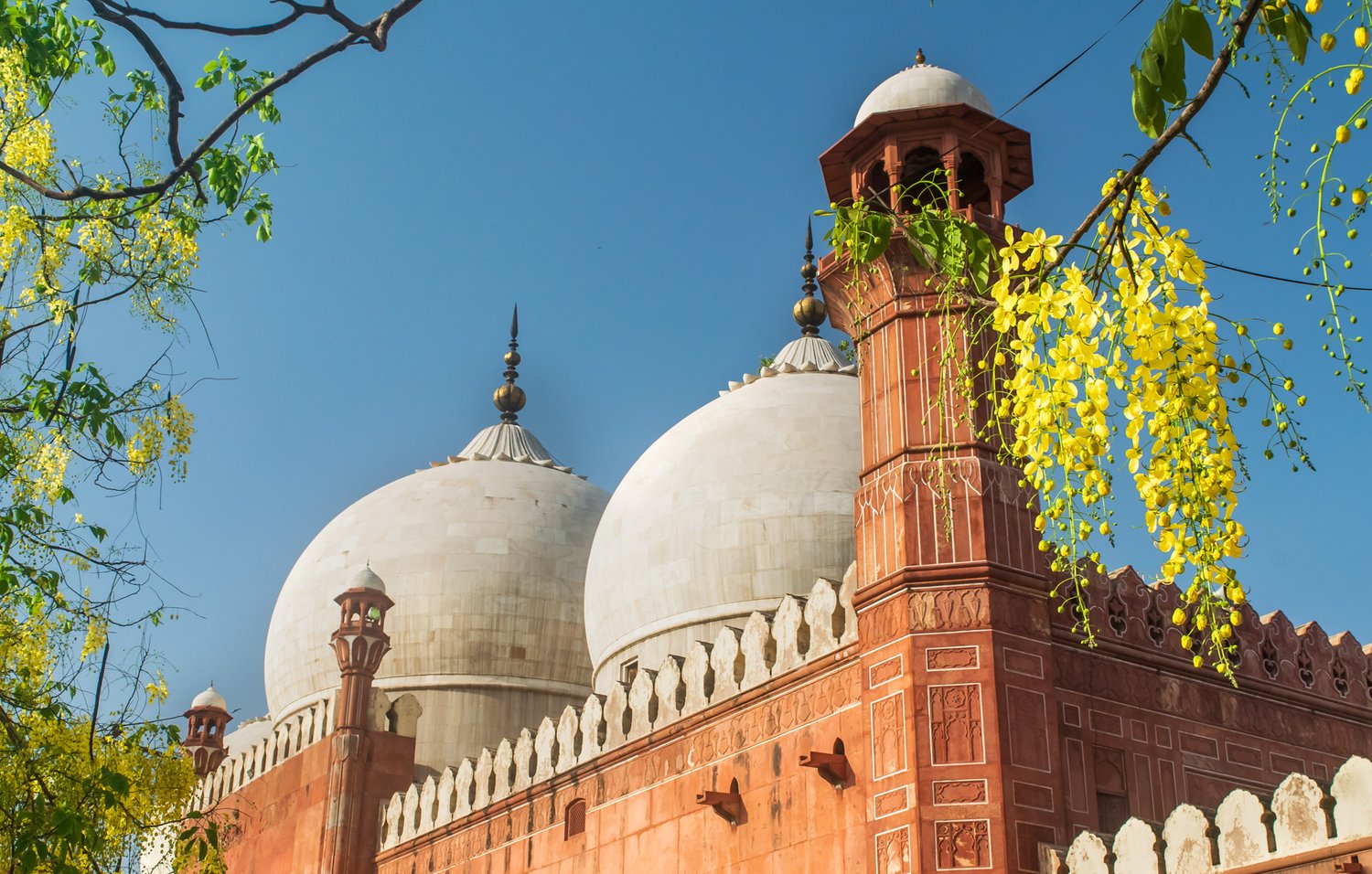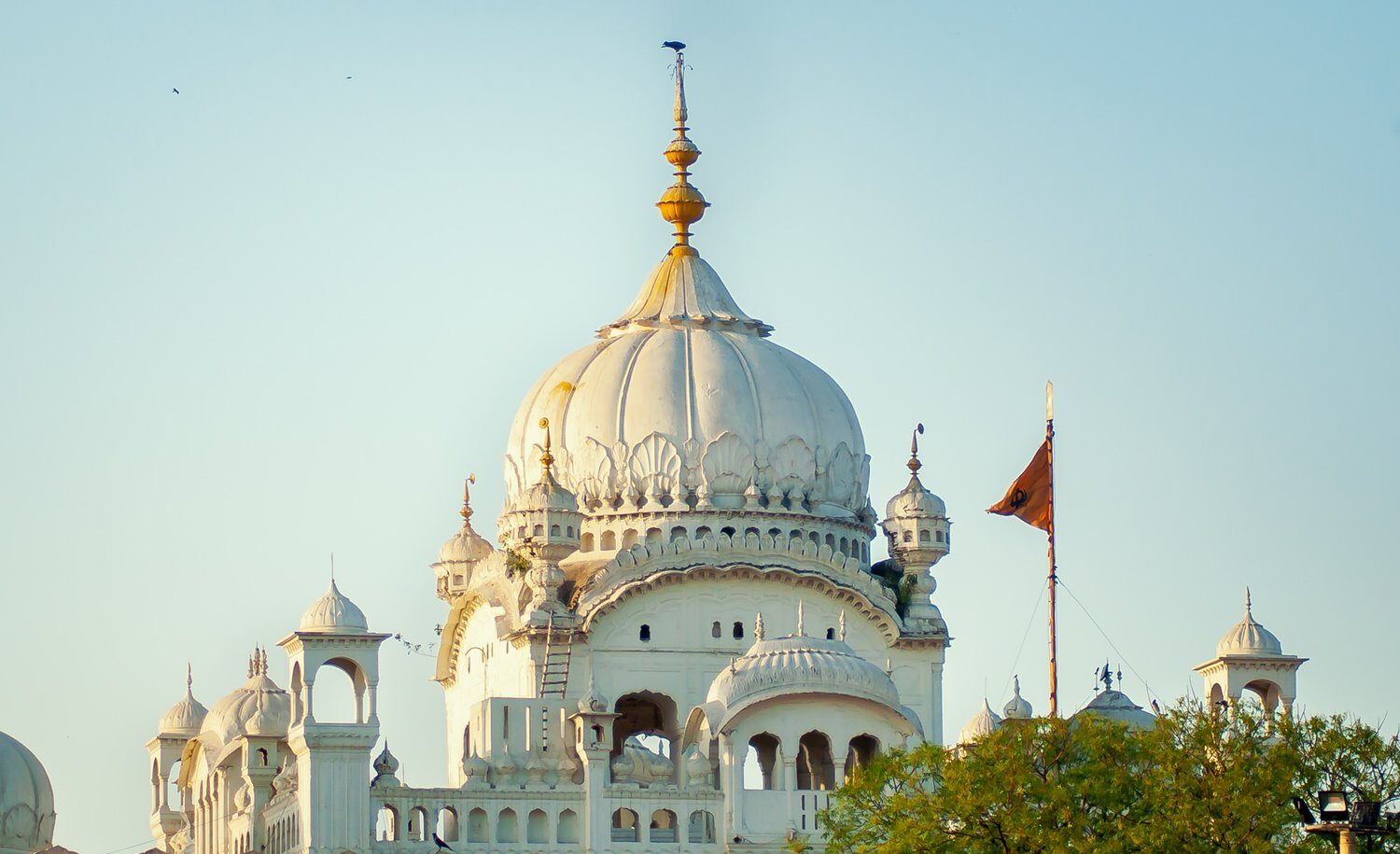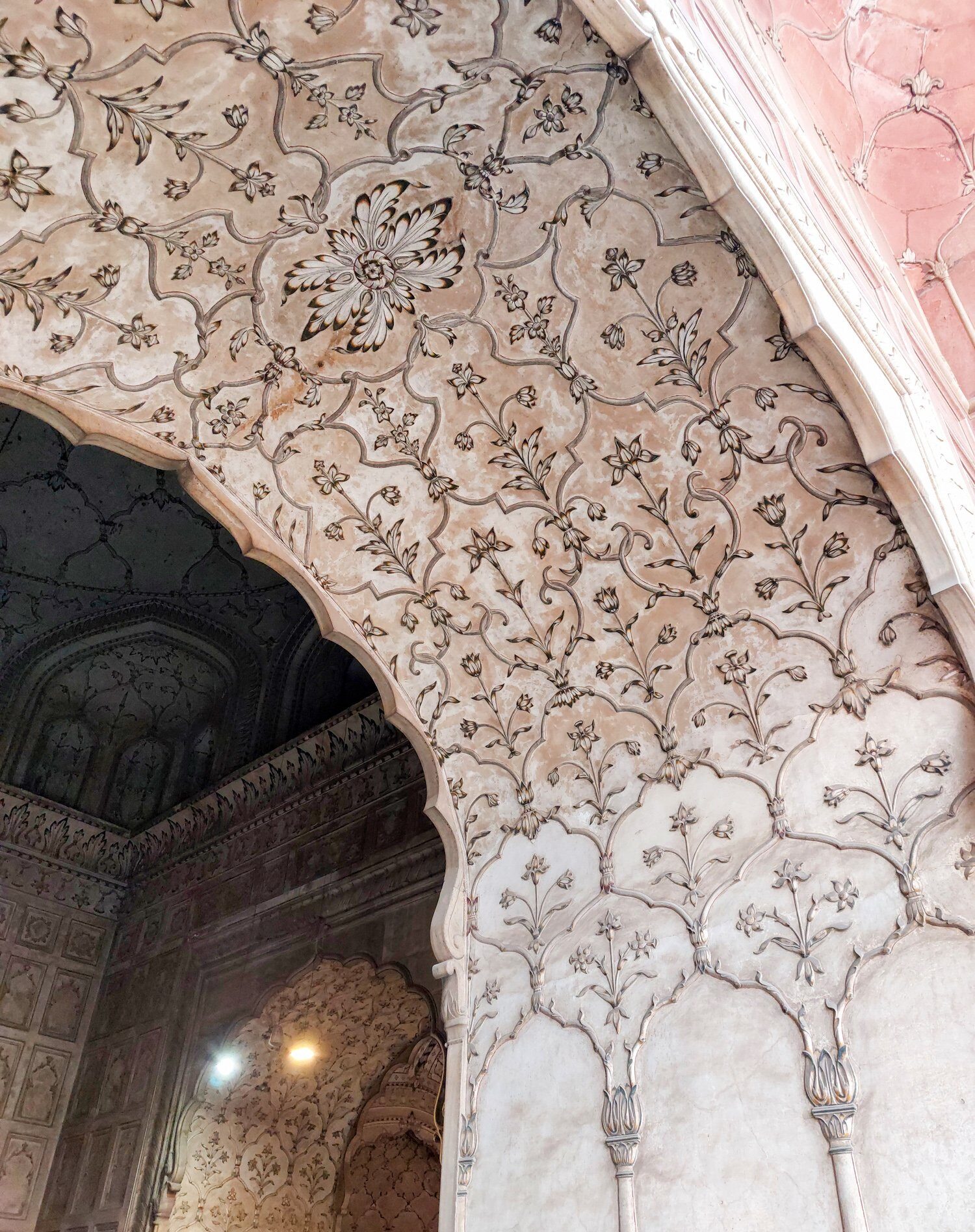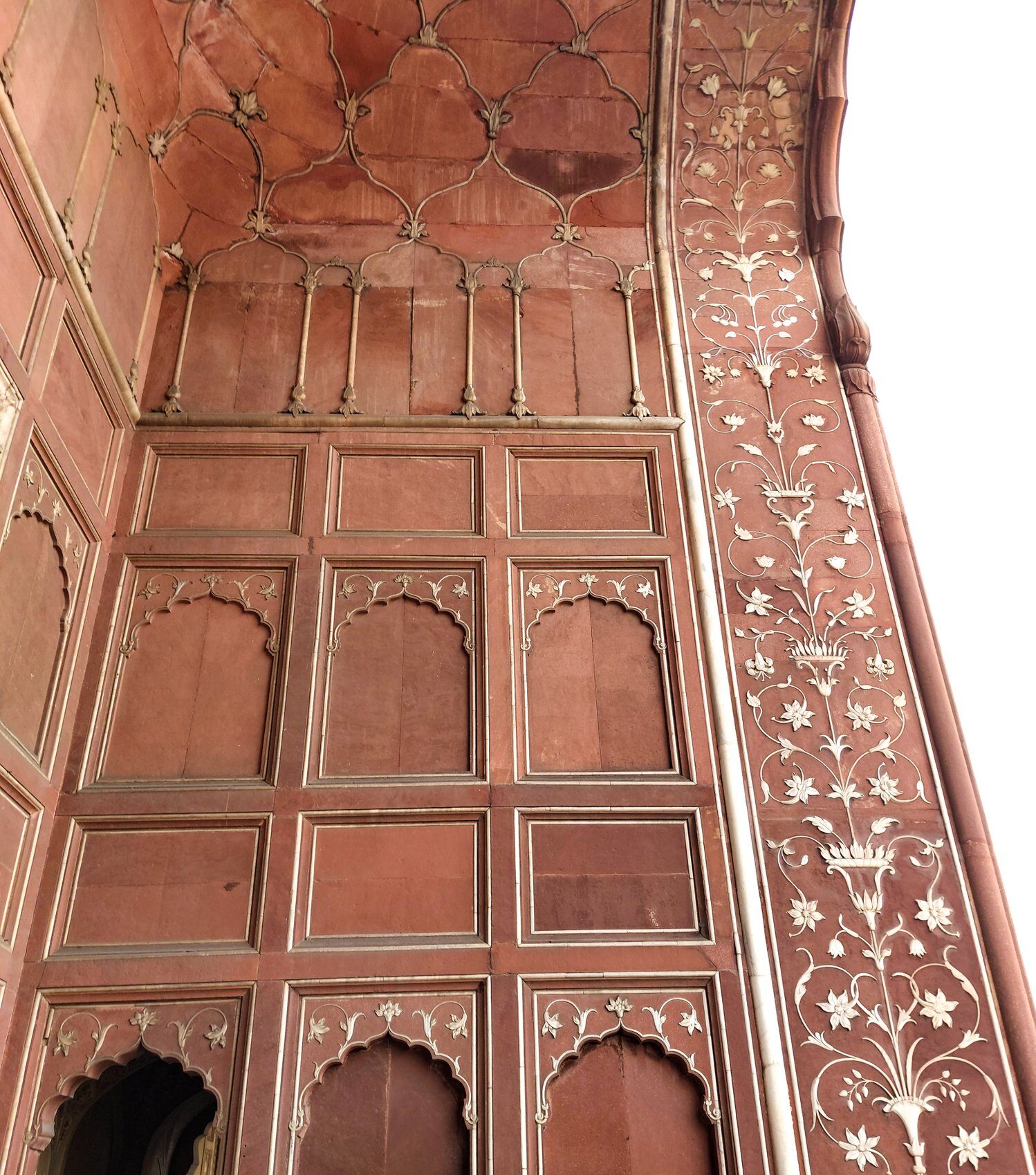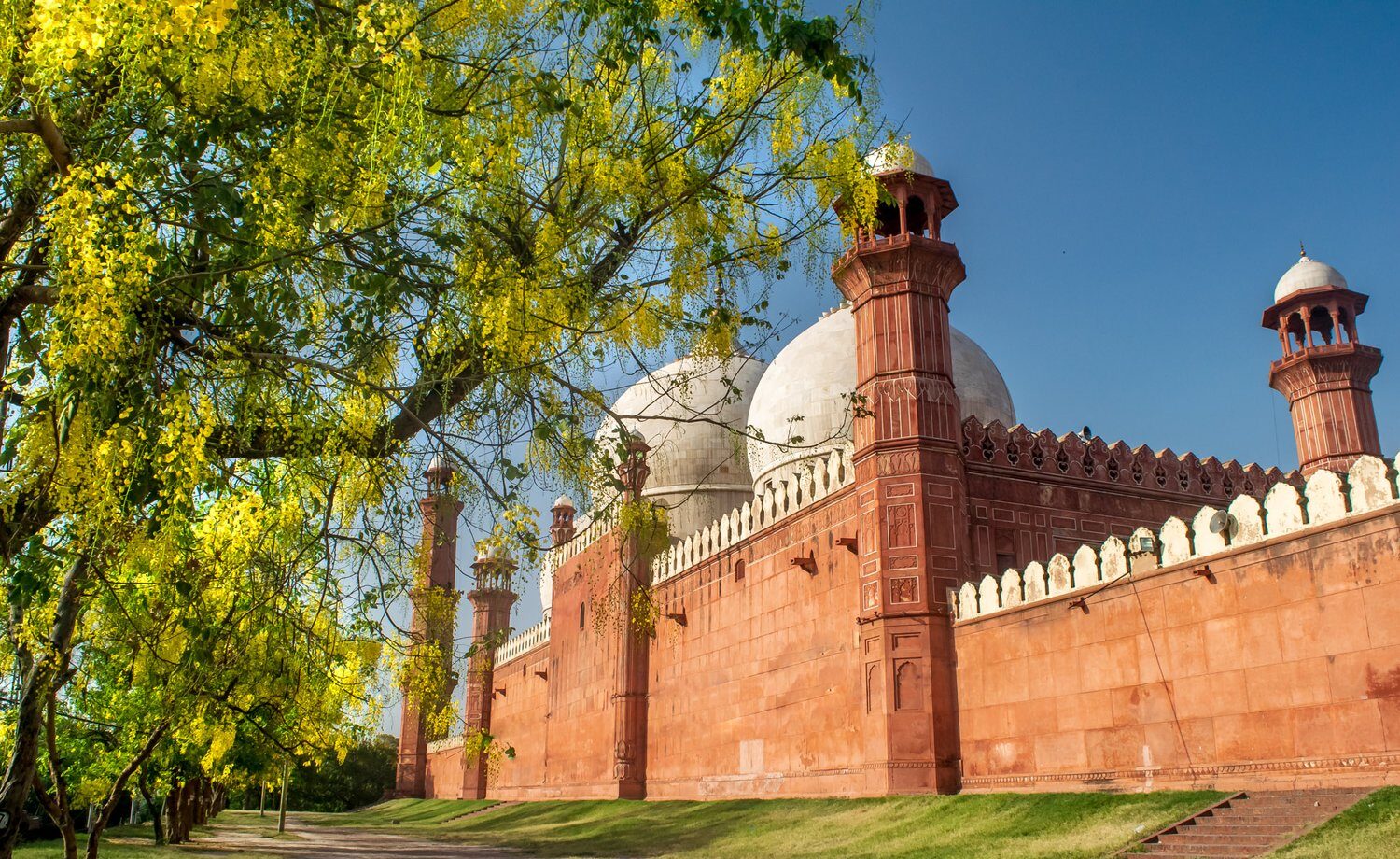Textarea
Badshahi Mosque, meaning ‘the Imperial Mosque,’ was commissioned and constructed by the Mughal Emperor Aurangzeb Alamgir, who ruled India from 1658 to 1707.
For centuries, it remained the largest mosque in the world, and still retains its prestige as a symbol of Mughal architectural prowess
The mosque was planned and constructed to the west of Lahore Fort with Hazuri Bagh separating the two structures. A new gate ‘Alamgiri Gate’ ,named after the Emperor Aurangzeb Alamgir, was also constructed in Lahore fort, facing west, to access the mosque.
The design of the Badshahi Mosque was inspired by the Jamia Masjid of Delhi, which was built by Aurangzeb's father, Shah Jahan.
The mosque is built with red sandstone and features intricate marble inlay, embodying a design marked by order, symmetry, and grandeur
The mosque features a total of eight minarets: four are located at the corners of the prayer hall, and the other four, larger minarets are positioned at the corners of the mosque’s perimeter.
Gurdwara Dera Saab lies adjacent to the Badshahi Mosque
Badshahi Mosque has beautiful Stucco and Fresco work
Badshahi Mosque displays Mughal architectural mastery at its peak
Badshahi Mosque is part of the UNESCO World Heritage Site Tentative List

